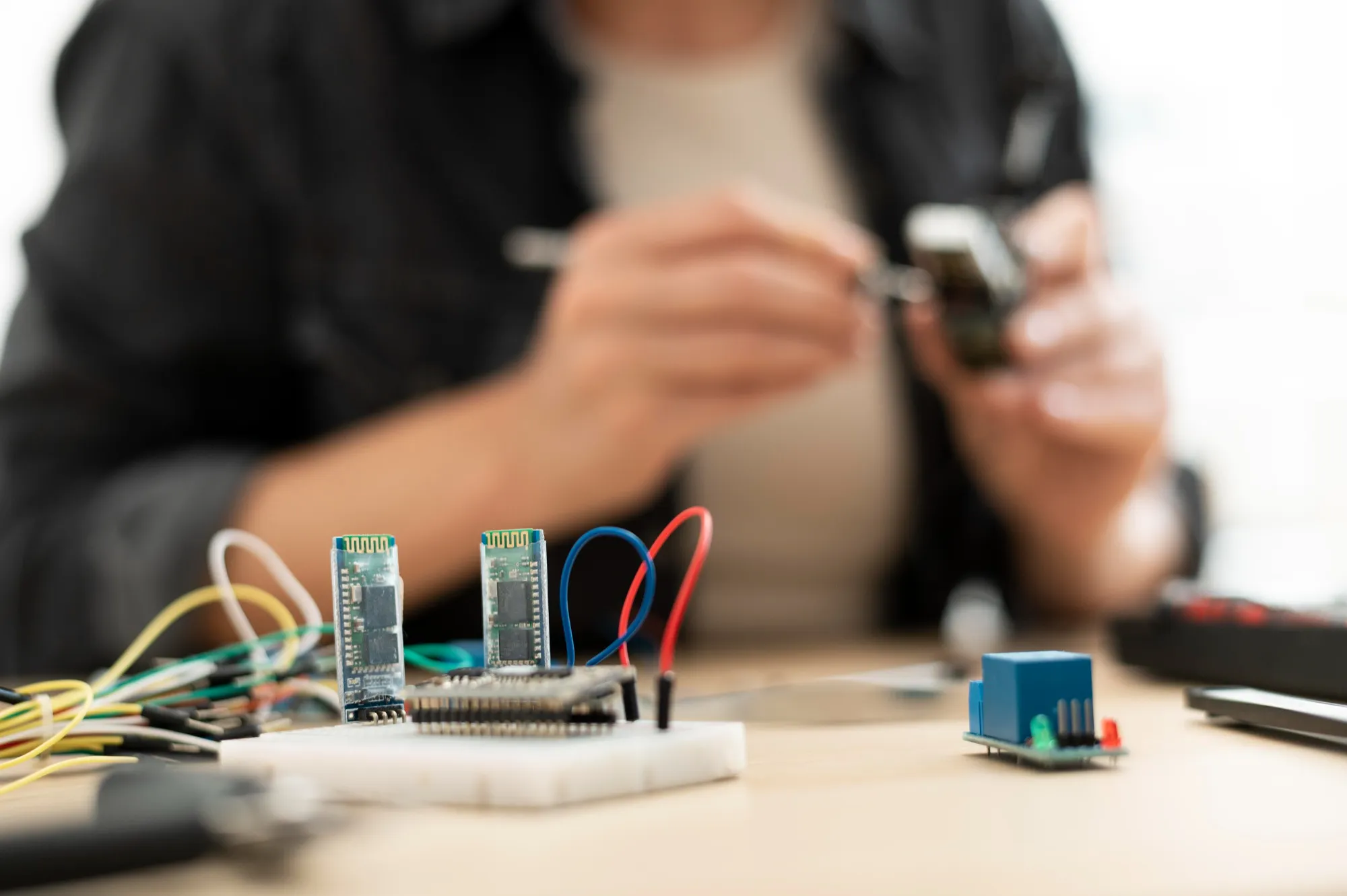Introduction
In a ground-breaking study published in the journal “Carbohydrate Polymers,” researchers from China have introduced a revolutionary method for producing lignin-containing cellulose nanofibrils (LCNF) and their derived composite conductive hydrogel using microwave-assisted deep eutectic solvent (DES) pretreatment. This innovative technique not only accelerates the processing time but also opens up new pathways for the green fabrication of LCNF and their applications in flexible sensors. In this detailed report, we explore the significance of their findings and the potential impact on material science and flexible electronics.
Novel Fabrication Technique
Traditional methods for fabricating LCNF from lignocellulosic biomass, such as corncob, have suffered from inefficient processing times due to the long duration required for the pretreatment stage. The team, led by Liu Wei at the Tianjin University of Science & Technology, surmounted this challenge by employing a microwave-assisted DES pretreatment that significantly reduced the production time. The DES is a type of green solvent recognized for its compatibility with biorefinery processes. The pretreatment, followed by enzymatic hydrolysis and high-pressure homogenization, yielded LCNF with a desirable nanoscale size, noteworthy thermal stability, and exceptional colloidal stability.
Research Findings
Upon obtaining the LCNF, the researchers incorporated them into a phytic acid-enhanced poly(acrylamide-co-acrylic acid) (P(AM-co-AA)) network to create composite conductive hydrogels, referred to as PLP hydrogels. As per the study (DOI: 10.1016/j.carbpol.2023.121741), these hydrogels displayed impressive mechanical properties, including robust strength, UV blocking capabilities, fluorescence, and most importantly, electrical conductivity.
A rudimentary battery constructed using the PLP hydrogels as the electrolyte achieved an open-circuit voltage of 2.41 volts, indicative of substantial energy storage potential. Furthermore, these hydrogels demonstrated excellent sensing capabilities responsive to various stimuli such as stretching and compression, as well as real-time human movements, thereby showcasing their practical application in the creation of flexible electronic devices.
Potential Applications
The potential applications of LCNF and its derived composite conductive hydrogel are vast and varied. The most prominent use is within the field of flexible sensors, where the ability to monitor and respond to physical changes is key. The composite hydrogel’s capacity for real-time motion tracking opens avenues for healthcare monitoring devices, prosthetics, and advanced robotics. Furthermore, the enhanced mechanical and conductive properties of the hydrogels suggest potential in energy storage systems and flexible displays.
Keywords
1. Conductive Hydrogel Production
2. Microwave-Assisted DES Pretreatment
3. Lignin-Containing Cellulose Nanofibrils
4. Green Manufacturing of Nanomaterials
5. Flexible Electronic Sensors
Environmental Impact and Sustainability
The study underscores the environmental benefits of utilizing microwave-assisted DES in the biorefinery process. DESs are hailed as eco-friendly alternatives to conventional solvents due to their low toxicity, biodegradability, and reduced energy consumption in the production process. By shortening the fabrication duration and employing green solvents, the process becomes more sustainable, reducing the overall carbon footprint associated with material manufacturing.
Challenges and Future Work
One of the challenges cited in the research is the exploration of different types of DES, to tailor the properties of LCNF according to specific requirements. Additionally, scaling up the production while retaining quality and the environmental benefits offered by the microwave-DES method will be an area of focus for future studies.
Conclusion
The remarkable achievements of Liu Wei and the team represent a significant advancement in material science and sustainable manufacturing processes. The composite conductive hydrogel derived from LCNF could be a cornerstone for future technological innovations in biocompatible electronics and renewable energy sources. The findings published in “Carbohydrate Polymers” not only underscore the efficacy of the microwave-assisted DES fabrication method but also affirm the promise it holds for the green production of advanced materials.
(Word count: Approx. 610)
References
1. Liu, W., Jiang, C., Li, X., Li, H., Zhang, Y., Huang, Y., Chen, S., & Hou, Q. (2024). Microwave-assisted DES fabrication of lignin-containing cellulose nanofibrils and its derived composite conductive hydrogel. Carbohydrate Polymers, 328, 121741. DOI: 10.1016/j.carbpol.2023.121741
2. Smith, A. T., LaChance, A. M., Zeng, S., Liu, B., & Sun, L. (2019). Green chemistry for nanoparticle synthesis. Chemical Society Reviews, 48(15), 3976-3996. DOI: 10.1039/C8CS00667A
3. Zhang, Q., Vigier, K. D. O., Royer, S., & Jérôme, F. (2012). Deep eutectic solvents: syntheses, properties and applications. Chemical Society Reviews, 41(21), 7108-7146. DOI: 10.1039/c2cs35178a
4. Chen, C., Wang, Z., & Qiu, X. (2019). Design and application of lignin-based composite hydrogels. Renewable and Sustainable Energy Reviews, 105, 349-362. DOI: 10.1016/j.rser.2019.01.063
5. Wang, Z., Zhu, M., Dufresne, A., Lin, N., & Chen, S. (2020). Lignin-containing cellulose nanomaterials: preparation, properties, and applications. Green Chemistry, 22(9), 2726-2747. DOI: 10.1039/D0GC00127J
